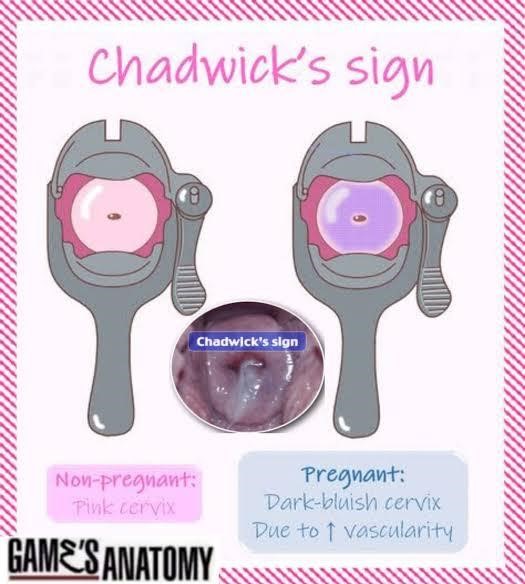A client with hyperemesis gravidarum is admitted to the facility after being cared for at home without success. What would the nurse expect to include in the client's plan of care?
clear liquid diet
administration of diethylstilbestrol
total parenteral nutrition
nothing by mouth
The Correct Answer is C
Choice A: A clear liquid diet is not appropriate for a client with hyperemesis gravidarum, which is a severe form of nausea and vomiting during pregnancy that can lead to dehydration, electrolyte imbalance, and weight loss. A clear liquid diet does not provide adequate calories, protein, vitamins, or minerals for the client and the fetus.
Choice B: Administration of diethylstilbestrol is not indicated for a client with hyperemesis gravidarum. Diethylstilbestrol is a synthetic estrogen that was used in the past to prevent miscarriage and premature birth, but it was found to cause serious adverse effects such as vaginal cancer, infertility, and birth defects in the offspring.
Choice C: Total parenteral nutrition is the correct choice because it provides a complete and balanced source of nutrients through a central venous catheter. It is used for clients who cannot tolerate oral or enteral feeding due to severe gastrointestinal disorders such as hyperemesis gravidarum. It helps to prevent malnutrition, dehydration, and ketosis in the client and the fetus.
Choice D: Nothing by mouth is not a suitable option for a client with hyperemesis gravidarum. It can worsen the condition by causing starvation, acidosis, and ketosis. It can also increase the risk of aspiration pneumonia if the client vomits.
Nursing Test Bank
Naxlex Comprehensive Predictor Exams
Related Questions
Correct Answer is C
Explanation
Choice A Reason: This option is incorrect because it is unrealistic and impractical to eliminate anxiety completely. Anxiety is a normal and natural response to pregnancy and childbirth, and it can have both positive and negative effects on the outcome. Anxiety can motivate women and their partners to seek information and care, but it can also interfere with their ability to relax and cope with pain. Perinatal education can help them manage their anxiety by providing accurate information, reassurance, and coping strategies.
Choice B Reason: This option is incorrect because it implies that the couple has no control over their pregnancy and birth unless they are empowered by perinatal education. While perinatal education can enhance their sense of control and autonomy, it is not the only factor that influences their experience. Pregnancy and birth are complex and dynamic processes that involve many factors beyond their control, such as biological, environmental, social, and cultural factors. Perinatal education can help them adapt to these factors and collaborate with their health care providers.
Choice C Reason: Perinatal education is a process of providing information and support to pregnant women and their partners before, during, and after childbirth. The main goal of perinatal education is to help them prepare for a positive birth experience, which can have lasting benefits for their physical and emotional health, as well as their relationship with their baby. Perinatal education can also help them make informed decisions about their care and preferences, and cope with any challenges or complications that may arise.
Choice D Reason: This option is incorrect because it is too narrow and limited in scope. Providing knowledge and skills that will help them cope with labor is an important aspect of perinatal education, but it is not the primary goal. Labor is only one stage of childbirth, and perinatal education covers a broader range of topics that are relevant for pregnancy, birth, and postpartum. Moreover, coping with labor is not the only outcome that matters for a positive birth experience. Perinatal education can also help them achieve other outcomes, such as satisfaction, empowerment, bonding, and well-being.
Correct Answer is A
Explanation
Choice A Reason: This is correct because Chadwick's sign is a bluish or purplish discoloration of the cervix, vagina, and vulva caused by increased blood flow to the pelvic area during pregnancy. It is one of the earliest signs of pregnancy and can be observed as early as six to eight weeks of gestation.
Choice B Reason: This is incorrect because Goodell's sign is a softening of the cervix due to increased vascularity and edema during pregnancy. It is another early sign of pregnancy and can be detected by palpation around six to eight weeks of gestation.
Choice C Reason: This is incorrect because Hegar's sign is a softening of the lower uterine segment or isthmus during pregnancy. It is also an early sign of pregnancy and can be felt by bimanual examination around six to twelve weeks of gestation.
Choice D Reason: This is incorrect because Homan's sign is a pain in the calf or popliteal region when the foot is dorsiflexed. It is a sign of deep vein thrombosis, which is a potential complication of pregnancy, but not a normal finding.

Whether you are a student looking to ace your exams or a practicing nurse seeking to enhance your expertise , our nursing education contents will empower you with the confidence and competence to make a difference in the lives of patients and become a respected leader in the healthcare field.
Visit Naxlex, invest in your future and unlock endless possibilities with our unparalleled nursing education contents today
Report Wrong Answer on the Current Question
Do you disagree with the answer? If yes, what is your expected answer? Explain.
Kindly be descriptive with the issue you are facing.
